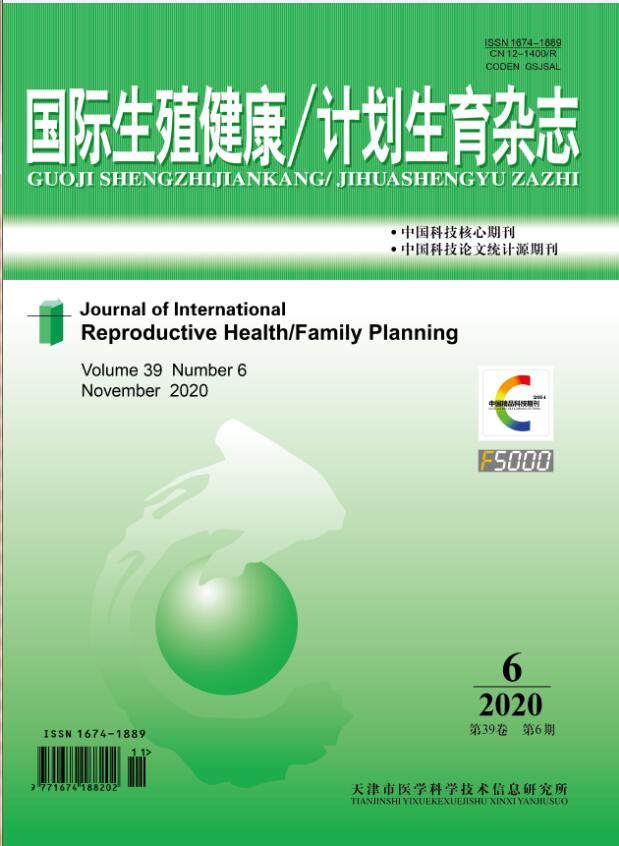|
|
Selection of Therapy for Female Infertility Due to Fallopian Tube Factor: Microsurgery or IVF-ET
CHEN Ya-qiong;HOU Hai-yan
2012, 31 (6):
429-433.
Fallopian tube diseases was one of the important factors in female infertility, which included tubal proximal obstruction, distal adhesions, occlusion, hydrosalpinx, tubal pregnancy and sterilization. Reproductive microsurgery and in-vitro fertilization technology were primary therapy at present, being remedy each other. The therapy option, post-treatment intrauterine pregnancy, and outcomes of pregnancy, were affected by patient age, ovarian reserve, prior fertility, surgery history, number of children desired, site and extent of the tubal disease, semen analysis, presence of other infertility factors and surgeon experience. Patient preference, religious beliefs, cost, and insurance, should be considered. The therapy time, cost, safety, prognosis, and effect on future fertility, should be introduced to patients, which is helpful to develop a suitable protocol and time to achieve pregnancy.
Related Articles |
Metrics
|

